Every plant a medicine: Hiking in Hong Kong [Part 5]
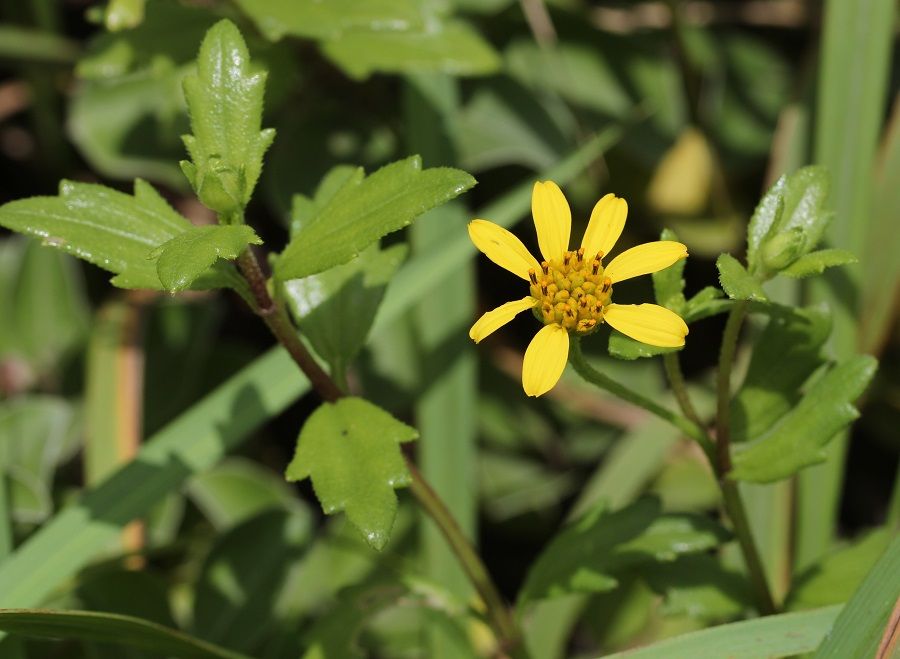
Wu Kai Sha is situated to the northeast of New Territories, the southeast of Tolo Harbour and the northwest of Ma On Shan (马鞍山). It is an elongated piece of land with mountains at its rear and seas in front of it.
Located south of the Tropic of Cancer, Hong Kong has no lack of southern China's sunshine throughout the four seasons. Besides, the highest point of Ma On Shan is just over 700 metres - at the crack of dawn, the mischievous sun comes out to play, leaping over the mountain ridge and shooting its golden rays at Tolo Harbour, illuminating Wu Kai Sha in an instant.
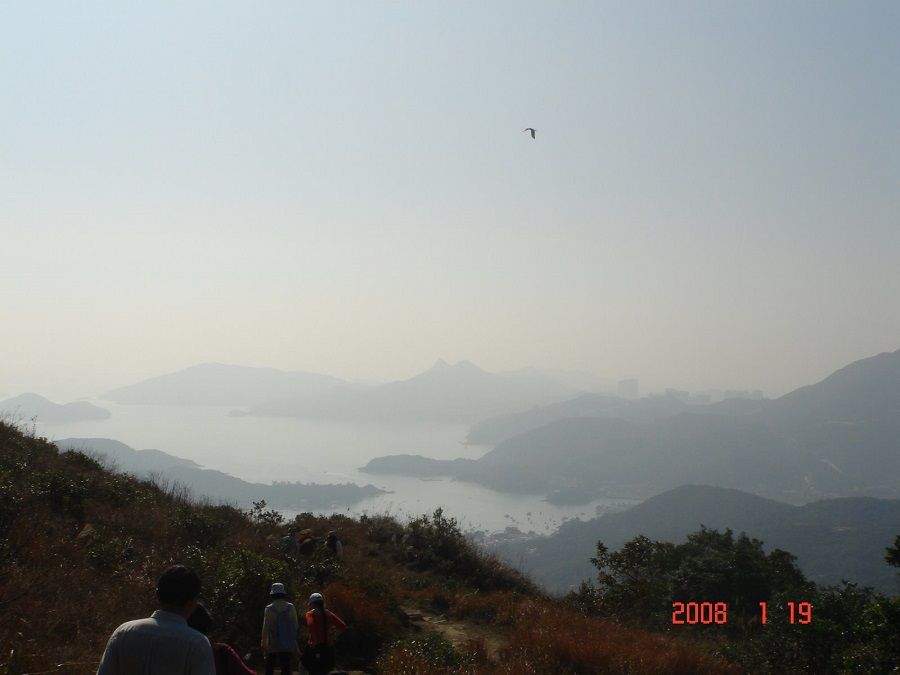
At sunset, the sun can be valiant or alluring - like an Arabian lady veiling its face with a dark cloud, or a Spanish woman dancing flamenco, twirling in the arms of the colourful evening clouds on the waters of Tolo Harbour.
Islands of odd shapes and sizes dot the bay, their curves and silhouettes changing with the light and shadow of the changing seasons and climates like a kaleidoscope.
The sea hibiscus' intertwining branches often remind me of the screw pines that grow along Taiwan's beaches.
A walk down nature's lane
On weekend mornings, we often take a stroll on the beach, listening to the gentle waves lapping against the shore. Wu Kai Sha Beach is pretty untouched and semi-primitive. Seashell fragments and fine yellow sand stretch for miles along the shore to the end of To Tau Wan Village. Various vegetation are found along the shoreline; I recognise some of them, like spinifex and Wedelia prostrata which help to stabilise the sand.
Strangely, I don't see the mangroves commonly found along Hong Kong beaches but sprawling sea hibiscus trees instead. When they are in full bloom in early summer, one is awed by life's resilience and magnificence - how did such bright yellow flowers survive on such sandy alkaline soil?
The sea hibiscus' intertwining branches often remind me of the screw pines that grow along Taiwan's beaches. But the sea hibiscus does not have spikes like the screw pine and is much more alluring when it flowers. Because of that, whenever I walk past and look back on the beach, I find it much more warm and charming than the Taiwanese seaside.
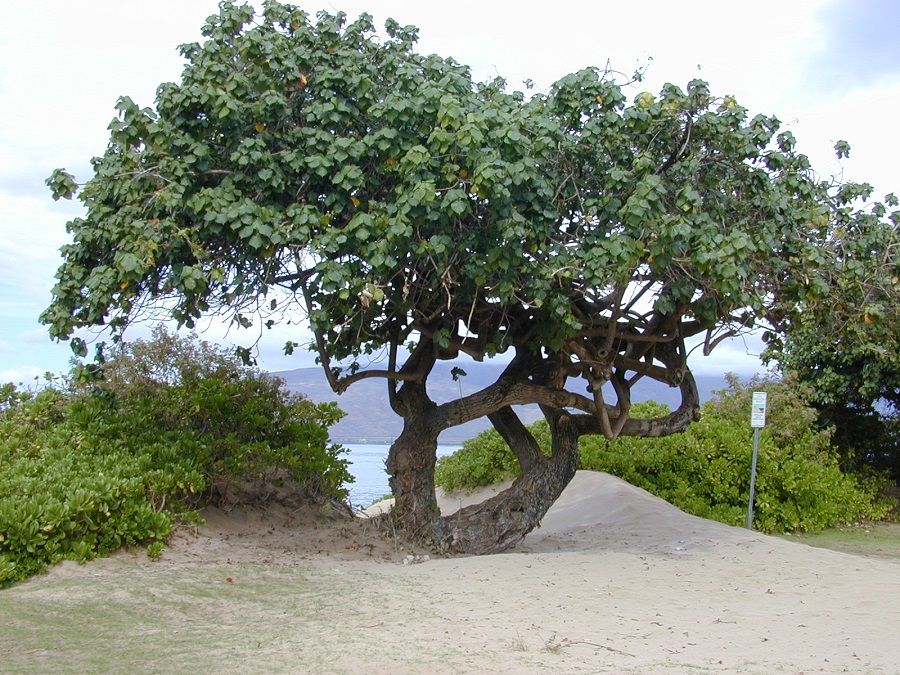
A small hidden trail on the beach of Wu Kai Sha was recently revived by the government, and even repaved with concrete. Perhaps I'm of a certain age and have seen too much evil in the world. I couldn't help but think negatively about it. Perhaps there was a deeper motive such as a hidden conspiracy to develop real estate. So much so that now when I walk on that path, I have a little sense of unease; previously, I walked the unpaved path with peace and freedom.
Fortunately, nothing has happened since the path was upgraded; the coastal vegetation is still basking under the sun and rain, enjoying the caress of the sea breeze and continuing to thrive.
A stretch of captivating scenery can be found on the small trail: round the bend near the beach lies a bed of yellow Wedelia prostrata flowers. Set against the dark green leaves, the bright yellow flowers look like the countless stars illuminating a velvet night sky. On the other side of the trail are a few towering camphor trees standing tall among silvergrass and Alocasia Odora (Asian taro). Intertwined with its thick and contorted branches are some lush green wisteria vines.

I guess such scenes of nature are perhaps a dream come true for explorers who have ventured far from civilisation; only after sailing to the tropical islands of the South Pacific and isolating themselves from the world can they enjoy such a pristine sight.
Medicinal properties and national treasures
I feel particularly familiar with the Wedelia prostrata not only because they are beautiful but also because they resemble the Pyrethrum daisies that grew along the fence of my childhood home. The pyrethrum can apparently also be made into mosquito-repelling incense. I wonder if the Wedelia prostrata could also be pungent incense lighted in the summer evenings to keep the mosquitoes away, igniting warm childhood memories at the same time.
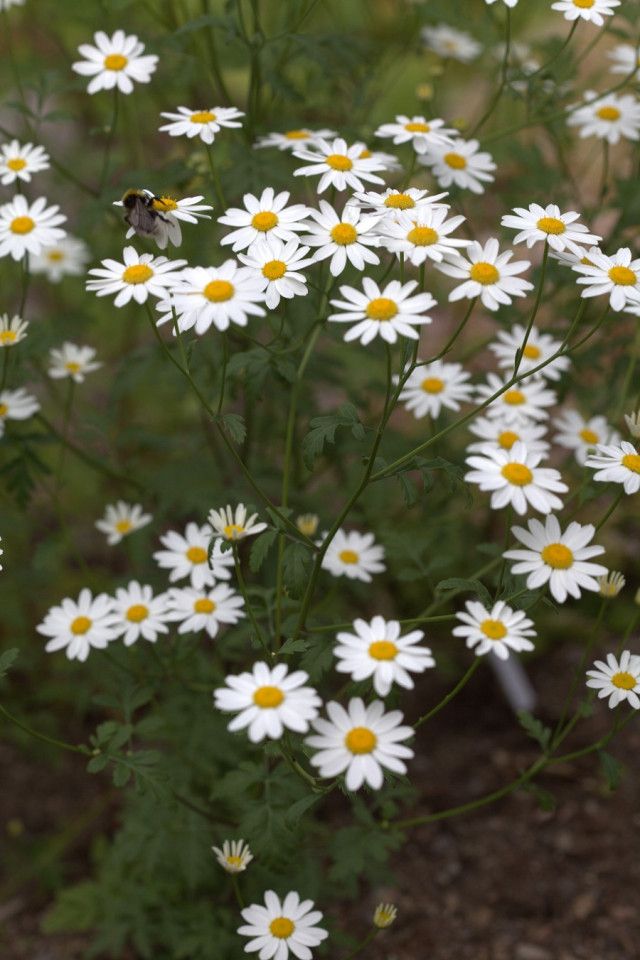
The Wedelia prostrata is also called the Wollastonia biflora perhaps because of its dainty little flowers that resemble the small crabs scurrying around the beach. Quanzhou Bencao (《泉州本草》, a pharmacopoeia of Quanzhou) recorded that the Wedelia prostrata can be ingested to treat acute tonsillitis, peritonsillar abscess, pneumonia, bronchitis, laryngitis, whooping cough, gingivitis, hypertension, liver heat and blood-tinged cough, asthma arising from a heaty body constitution and nosebleeds. It can also be used externally to treat snake-head furuncles and carbuncles on the stomach. If this is so, it is far more efficacious than the pyrethrum. And to think I found this plant along the trail I stroll on!
Perhaps in the near future, we will no longer see the scenery before us, but rows of unsightly high-rise buildings, car parks and shopping malls instead...
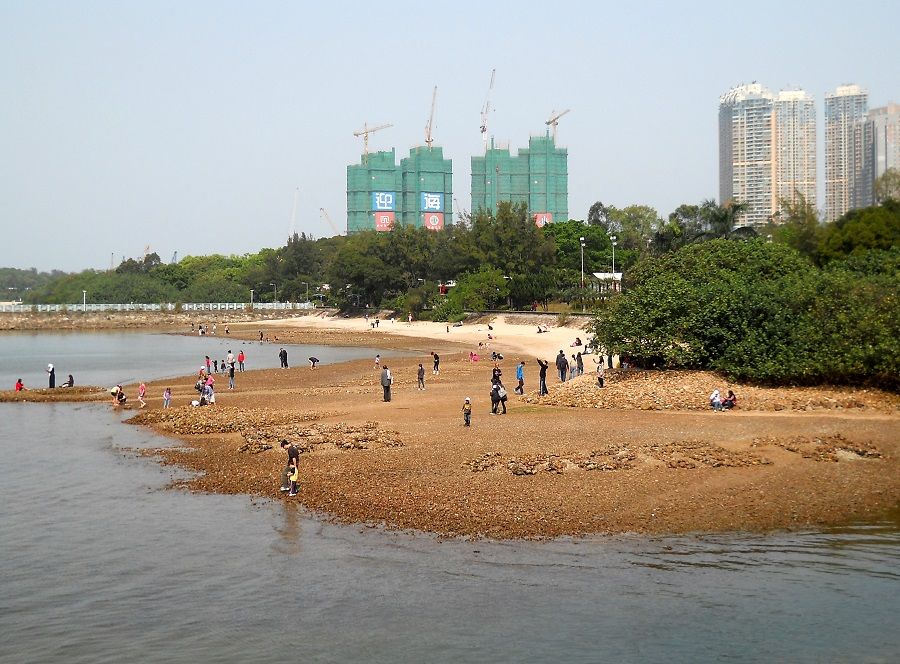
Someone told me that the government's land reclamation plans include Wu Kai Sha's beaches. Perhaps in the near future, we will no longer see the scenery before us, but rows of unsightly high-rise buildings, car parks and shopping malls instead - the bizarre hustle and bustle of modernity and the greedy nature of cosmopolitan cities that destroys nature's beauty.
I can't help but ask: does the Hong Kong government think that it has the final say just because it makes money? Has it lost its mind thinking about selling land and earning money all the time? Has it become like French novelist Honoré de Balzac's Felix Grandet, who had a compulsive need to count his gold every day? Is it really going to destroy Wu Kai Sha, damage Hong Kong's beautiful mountainscapes, and ruin natural vegetation all for the sake of real estate development?
This article was first published in Chinese on United Daily News as "烏溪沙海濱" in 2012.
Related: Hong Kongers are fortunate people: Hiking in Hong Kong [Part 1] | Seeing California from Hong Kong's shores: Hiking in Hong Kong [Part 2] | The allure of youth on the mountain trails: Hiking in Hong Kong [Part 3] | Escaping the city to join the Eight Immortals: Hiking in Hong Kong [Part 4] | Cultural historian: A woman swinging on a branch and an abused tree | Cultural historian Cheng Pei-kai: A half-century journey around the globe to Hong Kong's Wu Kai Sha
